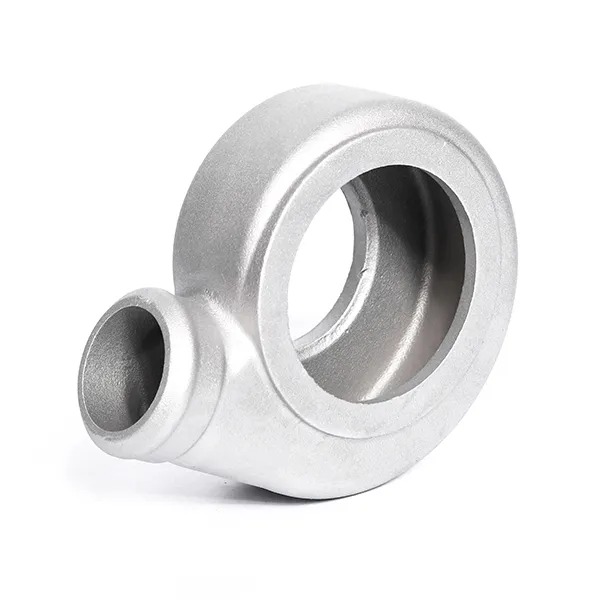Mobile:+86-311-808-126-83
Email:info@ydcastings.com
Italian
304 stainless steel casting
The Versatility of 304% Stainless Steel Casting An Overview
Stainless steel has long been renowned for its exceptional properties, making it a favored choice across various industries. Among the different grades available, 304 stainless steel stands out due to its excellent resistance to corrosion, high-temperature strength, and overall durability. This article explores the significance of 304 stainless steel casting, its applications, benefits, and the processes involved in its production.
Understanding 304 Stainless Steel
304 stainless steel is part of the austenitic family of stainless steels, primarily composed of iron, chromium (approximately 18%), and nickel (about 8%). This composition gives 304 its remarkable properties, such as strong corrosion resistance in a wide range of environments. It is non-magnetic, has good welding characteristics, and possesses a high level of formability. These traits make 304 stainless steel suitable for various applications, including food processing, petrochemical industries, and architectural projects.
The Casting Process
The casting of 304 stainless steel involves pouring molten metal into a mold where it solidifies into the desired shape. Various casting methods can be used, including investment casting, sand casting, and die casting. Among these, investment casting is highly preferred for intricate designs with tight tolerances, while sand casting is often used for larger components.
The process begins with creating a wax or polymer pattern, which is then coated with a fine sand mixture. Once the coating is hardened, the pattern is melted away, leaving a cavity that replicates the original shape. Molten 304 stainless steel is then poured into this cavity, allowing it to solidify and take the desired form. After cooling, the casting is removed, cleaned, and subjected to further machining processes if required.
Applications of 304 Stainless Steel Casting
304 stainless steel casting

304 stainless steel castings are ubiquitous across numerous sectors. In the food industry, they are used for manufacturing equipment such as mixers, tanks, and filters due to their hygienic properties and corrosion resistivity. The petrochemical industry also relies heavily on 304 stainless steel components for pumps, valves, and fittings that require durability in harsh environments.
Moreover, 304 castings play a vital role in architectural designs and building materials. From railings to decorative features and structural components, 304 stainless steel offers both aesthetic appeal and functional benefits. Its resistance to oxidation and ability to maintain its appearance over time make it an ideal choice for exterior applications.
Benefits of 304 Stainless Steel Casting
The advantages of 304 stainless steel casting are numerous. First and foremost, the corrosion resistance of 304 allows for extended service life, reducing the need for frequent replacements. This durability translates to lower maintenance costs over the long term.
Additionally, the mechanical properties of 304 stainless steel provide excellent structural integrity, enabling it to withstand varying loads and stresses. From high heat to extreme pressure, 304 can maintain its performance without compromising safety.
Another significant advantage is its aesthetic appeal. The shiny, smooth surface of 304 stainless steel not only adds a modern touch to any project but is also easy to clean, making it suitable for applications where hygiene is paramount.
Conclusion
In summary, 304 stainless steel casting is a critical process that provides a reliable and versatile solution across multiple industries. Its combination of excellent corrosion resistance, durability, and aesthetic appeal makes it an ideal material for a wide range of applications. As industries continue to evolve and demand higher efficiency and quality, the role of 304 stainless steel castings will undoubtedly grow, solidifying its position as a cornerstone material in modern manufacturing. As we look to the future, advancements in casting techniques and steel formulation will likely enhance the capabilities and applications of 304 stainless steel, ensuring it remains a prominent choice in an ever-changing landscape.
-
Superior Aluminum Castings in Automotive Engine PartsNewsAug.22,2025
-
Common Materials Used in Fan Housing ManufacturingNewsAug.22,2025
-
Symptoms of a Stuck Automobile Water Pump ImpellerNewsAug.22,2025
-
The Importance of Valve Castings in Water TreatmentNewsAug.22,2025
-
Welding Techniques for End Cap Stainless Steel FittingsNewsAug.22,2025
-
How to Install a Water Pump Connector ProperlyNewsAug.22,2025











